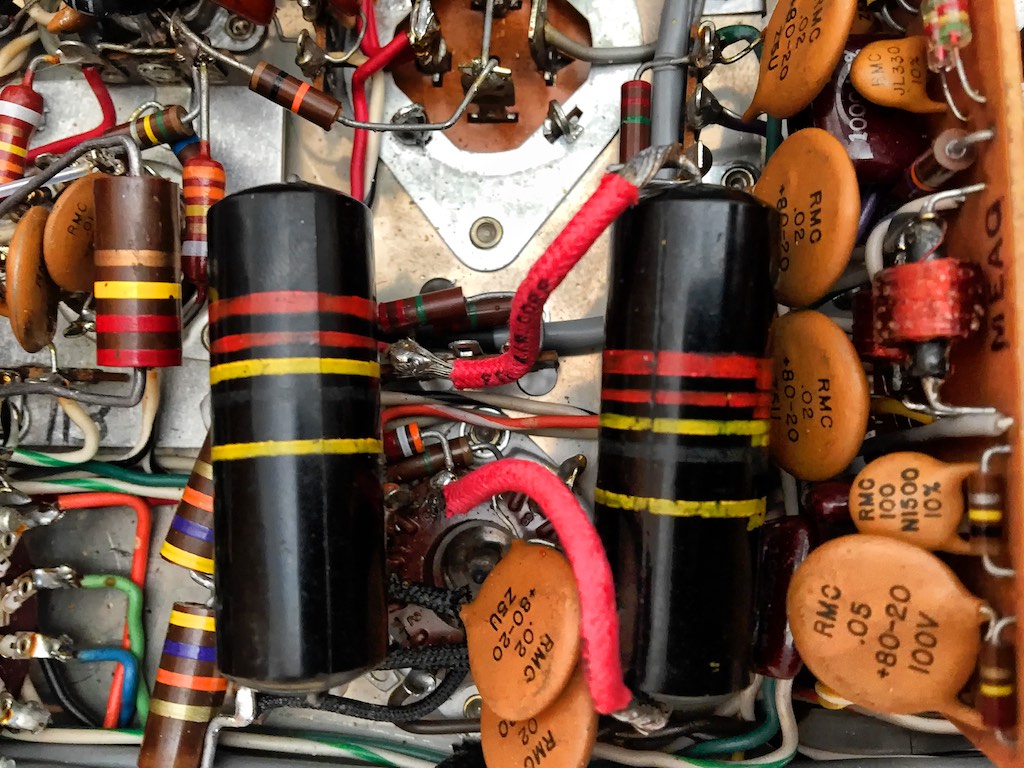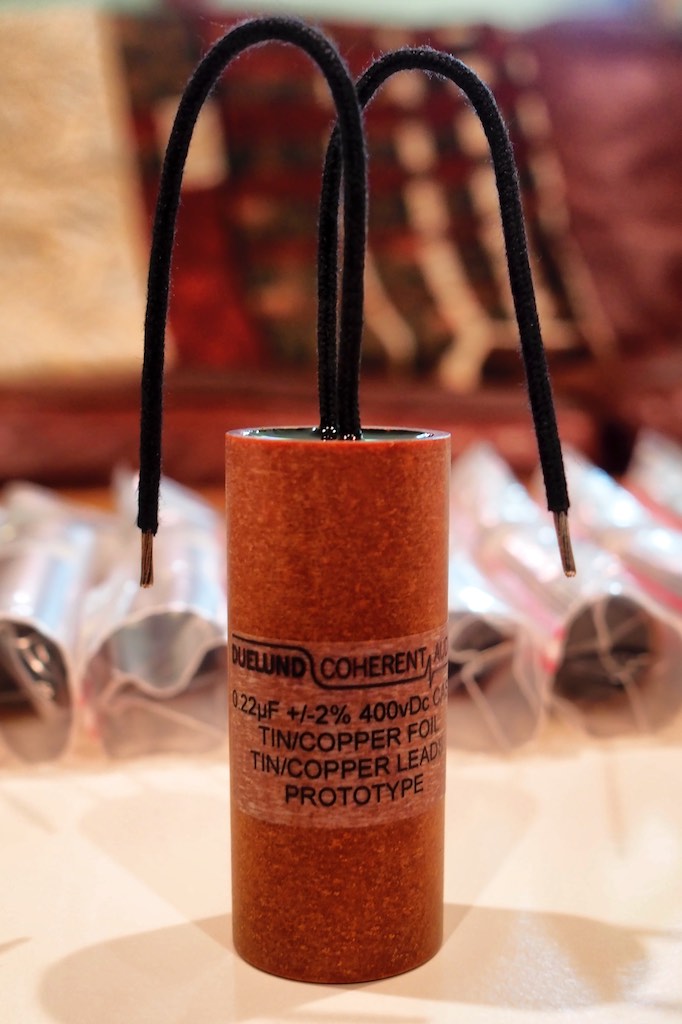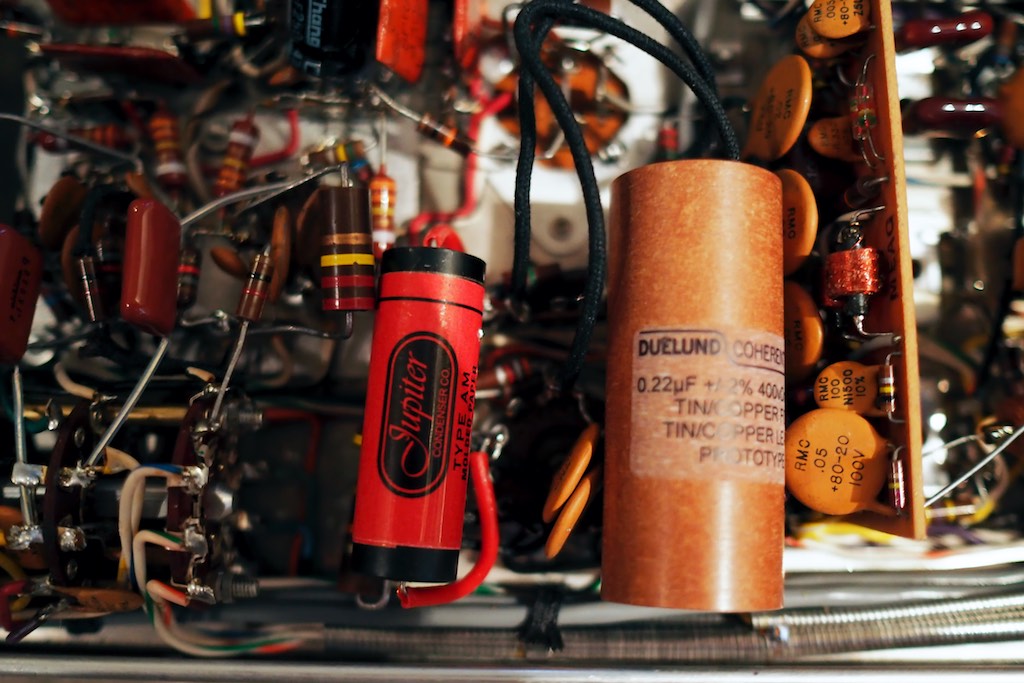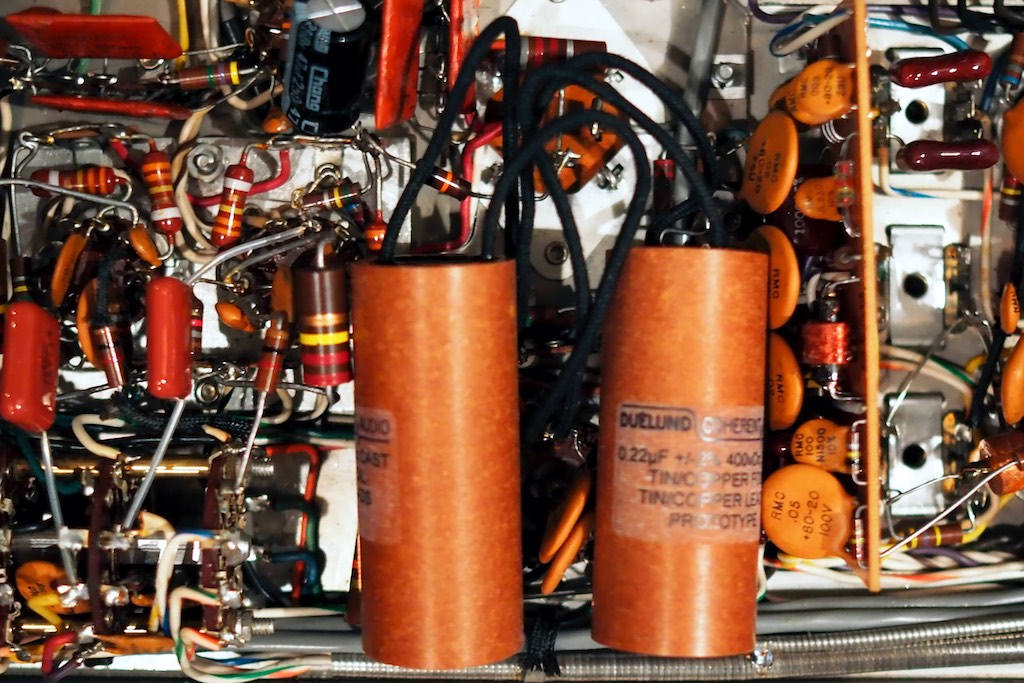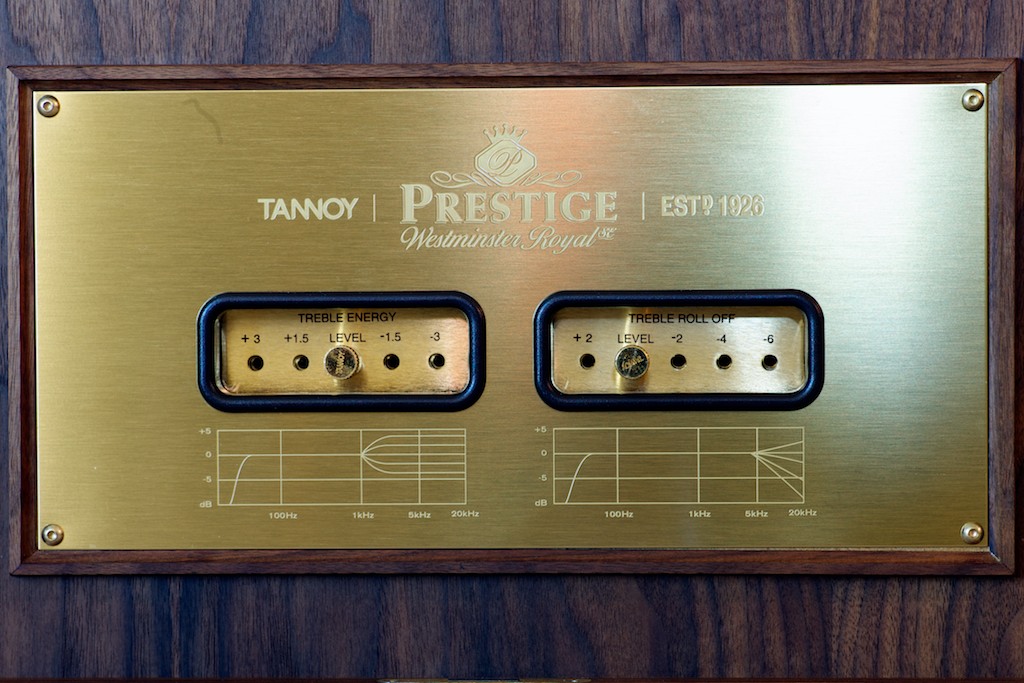I got up this morning and drank an adequate amount of coffee to wash down a slice of Thanksgiving's leftover pumpkin pie for breakfast, while listening to Jazz24 on the Stokowski A7 Voice of the Theatre loudspeakers.
Yazaki-san’s superb SPEC RSA-M3 EX Real Sound Amplifier is a perfect match to my Stokowski A7's, giving a musical and engaging presentation that is full of rich timbral textures, deeply hued tone colors, and a wonderful sense of tempo, beat, melody, and rhythm, which are a few of my favorite things.
The cold that did me in last week is almost gone now, so I got to thinking about the weekend and what sort of adventures I could fit into it.
I though that perhaps a bicycle ride would be fun, or a visit to the Husqvarna motorcycle shop to check out their new enduro & road bikes I've been jonesing for, or a stop at the Triumph & KTM dealer to check out the new Thruxton R and KTM enduro bikes, would offset the normal weekend chores of grocery shopping and laundry that must get done.
I nixed the bicycle ride, as the head cold isn't quite gone yet, and at 4 °C it's a bit chilly.
Then it dawned on me that it would be a good day to try the prototype 0.22uF Duelund CAST tinned-copper capacitors that Frederik sent me in my vintage McIntosh MX110Z tuner-preamplifier in the first stage cathode follower of the high level input.
As a refresher, in Modification B I made changes to the first stage cathode follower of the high level input, by replacing two key pairs of 0.1uF capacitors at C93 & C95 and C94 & C96 with various pairs of 0.22 uF capacitors (see schematic above).
To date, my two favorite capacitors in the MX110Z have been the vintage 0.22uF Sprague Bumblebee capacitors, and the Jupiter Condenser 0.22uF Red Astron capacitors.
The vintage Bumblebee's are warm, rich, dark, musical, and tonally colorful in the MX110Z, but will be too laid back in/for some systems/listeners, not to mention they are really old, so there's always some risk they could fail and cause damage while they do an imitation of a fireworks display. I sure do like them, though!
The Jupiter Condenser Red Astron tinfoil capacitors are nicely warm, rich, and a little bit dark, but are more extended in the highs than the Bumblebees. The Red Astron's are musical & colorful too, but not to the extent the old Bumblebees are, but I like them a lot as a 'vintage tone' style of capacitor in my MX110Z, and they're what I've been using for quite a while now.
The prototype 0.22uF Duelund CAST tinned-copper capacitors that Frederik sent me were absolutely brilliant in the breadboard crossovers of my Altec A5 Voice of the Theatre loudspeakers, so I was looking forward to hearing them in my MX110Z too.
I conditioned the prototype 0.22uF Duelund CAST tinned-copper capacitors for six days on my Cable Cooker so I'd have a better idea of what a well broken in pair would sound like in the circuit (the Cooker is invaluable if you like to play with cables and parts in DIY projects).
Before I did the capacitor-ectomy on my MX110Z, I wanted to do a little baseline listening as a refresher for what I was hearing from the Red Astron's, so I fired up the system, let it warm up while I was catching up on email and such while listening to Jazz24 on the Stokowski VOTT's.
I put on the 45 RPM version of John Coltrane's A Love Supreme from Analogue Productions (Impulse!) for a little listening.
John Coltrane recorded A Love Supreme with McCoy Tyner on piano, Jimmy Garrison on bass, and Elvin Jones on drums. Overall the album has a spacious feeling, and the opening track has Coltrane left front, Elvin Jones right front, McCoy Tyner rear center, and Jimmy Garrison rear center as well.
A Love Supreme highlights Coltrane's tenor sax playing, and it is prominent in the recording, a little forward, but not over the top, and of course, his playing is amazing. Oh his solos, Jimmy's bass sounds natural, his four note motif comes through clearly, has decent pitch definition, and you can hear him fingering the strings at times, but maybe he sounds a little distant and unresolved through much of the album. Elvin's drums sound natural, particularly on the opening cymbal washes, articulate, and is really nicely presented overall.
The overall tonal balance with the Red Astron's in the MX110Z is a little warm & dark, but with nice tone color, a nice sense of tempo, melody, beat, and rhythm. Except for Coltrane's sax, the other instruments sound a little more subdued, a little less resolved.
To start the 0.22uF Duelund CAST Sn-Cu capacitor-ectomy on my MX110Z, I first twisted & tinned the end of the Duelund DCA16GA leads on the 0.22uF Duelund CAST Sn-Cu capacitors to make it easier to solder them into position.
Then I desoldered one of the 0.22uF Jupiter Red Astron's and removed it, and soldered in one of the 0.22uF Duelund CAST Sn-Cu capacitors.
As you can see in the photo below, the Duelund CAST Sn-Cu capacitor dwarfs the Jupiter Red Astron!
I desoldered the second 0.22uF Jupiter Red Astron capacitor and removed it, and then soldered in the second 0.22uF Duelund CAST Sn-Cu capacitors.
There is barely enough room to fit a pair of the 0.22uF Duelund CAST Sn-Cu capacitors under the bonnet of the MX110Z, and if they were a mm fatter I wouldn't have been able to get the bottom of the chassis back in place.
As you can see, with a pair of 0.22uF Duelund CAST Sn-Cu capacitors in place there isn't any room to spare!
After I got the MX110Z's chassis put back together, I placed it back into the system and hooked everything back up, and powered everything up to make sure it was working properly. There was no fireworks display or frightening sounds emitting from the MX110Z, so I let it warm up for a bit so I could give it a listen.
Within fractions of a second of the stylus touching down on the groove it was very apparent the 0.22uF Duelund CAST Sn-Cu capacitors are in a league of their own compared to any other capacitors I have tried in my vintage McIntosh MX110Z tuner-preamplifier. This was another big slap down!
Immediately I noticed the more natural presentation of Coltrane's sax, the much greater transparency into the soundstage, the much better pitch definition for Jimmy's bass, the resolution of lots more detail on Tyner's piano (and which now just sparkled with life) and Elvin's drums.
The Duelund CAST Sn-Cu cap's were also much more extended in the highs & lows than the Red Astron's. The extra treble resolution and extension was so sweet and natural through the Duelund CAST Sn-Cu cap's that it made me think I should try bumping back up the level & roll-off controls to take better advantage of what I think they can do. The Duelund CAST Sn-Cu cap's also go much deeper in the bass and are more resolving in the lower frequencies, by a lot.
What impresses me though is how natural, clean, and musical the Duelund CAST Sn-Cu cap's sound, but at the same time they resolve a huge amount of subtle information (and some not so subtle) that the Red Astron's missed completely.
As much as I like the Red Astron's (and I like them a lot), the prototype 0.22uF Duelund CAST Sn-Cu capacitors outperformed them in every sonic & musical measure that's important to me, and by a lot.
As I mentioned above, the extra treble resolution and extension was so sweet and natural through the Duelund CAST Sn-Cu cap's that I wanted to try bumping back up the level & roll-off controls to take better advantage of their high-frequency prowess.
As I reported earlier, I had set the Duelund CAST crossovers’ treble energy shelving at -3dB, and the treble roll-off at -4dB, which worked nicely with the Red Astron's in the first stage cathode follower of the high level input of my MX110Z.
First I set the treble roll-off up to -2dB from -4dB, then gave it a listen, and it was a better match to the Duelund CAST Sn-Cu cap's silky smooth and extended high-frequencies.
Buoyed by my success with decreasing the treble roll-off, I set the treble energy shelving up to -1.5dB from -3dB. Setting the treble energy up to -1.5dB was less successful. In some aspects it sounded better at -1.5dB, but in others I liked the -3dB setting for treble energy better, so I'll have to give it some more time and listen to some records to get a better handle on things.
The one thing that is absolutely clear, is that the magnitude of improvement between the 0.22uF Duelund CAST Sn-Cu capacitors and any of the other capacitors I have tried in my McIntosh MX110Z is considerable, and it comes with that same sort of tinned-copper goodness that the Duelund DCA16GA premium tinned-copper cable brings to the music: extremely vivid tone color, superb dynamic response, melodic sophistication, harmonic complexity, live-like timbral complexity, spooky imaging presence, natural live-like level of resolution, generous portrayal of soundstage & soundspace, a presentation so breathtakingly musical, and with such high level of intensity of emotional engagement that I'm positively giddy about it.
Frederik has done it once again, and his new prototype Duelund CAST tinned-copper capacitors absolutely kill anything else I've tried in my vintage McIntosh MX110Z preamplifier.
In fact, I think we might be witnessing a sea-change of what is possible musically & sonically from capacitors with the advent of the prototype Duelund CAST tinned-copper capacitors. They're simply stunning in ways that are going to take me a while to figure out how to articulate fully.
There's a new King in town!
***
Sunday Morning Update
What do you do when you wake up a 2:30 a.m. on a Sunday morning? Go with it, consider it the voice of adventure calling, and get up and listen to music!
I've been randomly working through albums this morning for a little listening fun: Simon & Garfunkel / The Concert In Central Park, Rickie Lee Jones / It's Like This (Analogue Productions 45 RPM), Duke Ellington / Ellington Indigos, The Beatles / Love Songs, Paul McCartney / Unplugged, and as I write this, Duke Ellington / Jazz Party in Stereo (ORG 45 RPM).
The more I listen to a wider variety of records, the more the 0.22uF Duelund CAST Sn-Cu capacitors in my McIntosh MX110Z impress me with their sonic & musical prowess. One of their traits that I'm starting to recognize is how well they give you a feel for the 'sense of touch' of the musician's on their instruments. Every little dynamic nuance, every little change to tempo, melody, or harmony, and every little emotive inflection is more apparent.
It sounds a little funny to say it this way, but the Duelund CAST Sn-Cu capacitors really highlight the nuance and 'touch' of the music. There's something very human and natural about the way they portray the music, giving a nicely enhanced musicality.
The Duelund CAST Sn-Cu capacitors continue to impress me with their natural sounding transparency, natural sounding high-resolution, a big soundstage & soundspace, beautiful timbral textures, and superb tone color.
With this level of musical and sonic performance I am beginning to understand something about emotional connection to the music that I haven't really understood, or perhaps believed in, before (Warning: rabbit trail).
While considering the findings of how researchers investigating the neurobiology of how music affects the brain and emotions, I began to understand how, if done right, exceptional soundspace, soundstage, and imaging performance could increase the emotional impact of listening to music. (I know that's not accurate to listening to live music, but bear with me for a moment as I wander down the rabbit hole.)
In the past, it had seemed to me that equipment that performed highly in audiophile 'sonic' terms of soundstage, imaging, soundspace, etc., usually struggled musically with realistic timbre, tone color, tempo, beat, melody, and rhythm, so I opted for the more musical presentation of the music rather than worrying about sonics.
However, neurobiology research has shown that music spatial effects processing in the brain co-op's and stimulates the part of the brain circuitry related to vision processing, which causes an emotionally stimulating effect in the brain. (I might not have the words quite right, as I don't have my notes here with me as I write this.)
My hypothesis is that for systems that don't do the musicality thing very well, a high level of sonic prowess may fill in needed emotional stimulus via the brain's vision processing circuitry to make up for the loss of emotional impact due to decreased musicality. This may work well to provide missing emotional stimulation for listeners who aren't as familiar with what real live music making feels & sounds like.
I suspect sonic emotional stimulation is much less effective for listeners very familiar with the feel & sound of live music making, who already get more emotional stimulation from the timbre, tone color, tempo, beat, melody, rhythm, and so forth, of the music itself, than the emotional stimulation from 'sonics' can provide, and for those listeners it isn't enough to make up for the musicality being diminished in other aspects of system performance.
The Duelund CAST Sn-Cu capacitors seem to be a game-changer in the way they present sonics and musicality, because while they definitely enhance sonics in the way more 'sonics' oriented audiophiles enjoy, they still sound very natural, and they enhance important aspects of musicality to an even greater extent, with timbre, tone color, tempo, beat, melody, rhythm, and so forth, becoming even more vivid and emotionally stimulating in the way musicians crave.
So when you add in the natural sounding sonic emotional stimulation that the Duelund CAST Sn-Cu capacitors are capable of, to their already very emotionally stimulating musical presentation, something very special happens, giving a level of emotional impact that is very impressive indeed, and I think a game changer.
Up until now I have been referring to tinned-copper conductors and certain capacitors as having 'vintage tone' as a borrowed term from the guitar musician community.
But I am quickly coming to the conclusion that the Duelund CAST Sn-Cu capacitors do the 'vintage tone' thing beyond what any actual vintage or vintage-like capacitors can do, setting a new precedent. In fact I'm tempted to call these the Duelund CAST Sn-Cu capacitors 'magic tone' capacitors because they're so ridiculously good in the ways that are important to me regarding musicality, and so good in ways that previously weren't that important to me related to presenting recording artifacts, that I'm having to revisit and rethink what I really think about that topic.
These are my first impressions, and as I learn more and better understand the performance of the Duelund CAST Sn-Cu capacitors across a broader base of applications and music, I'll continue to provide updates about my insights and listening impressions over time.
I want to thank Frederik for taking a chance and producing these prototype Duelund CAST Sn-Cu capacitors, as they're not only good, they may very well represent a threshold that has been crossed that is a game-changer in audio performance. Thank you, Frederik!
***
Wednesday Morning Update: The prototype Duelund CAST tinned-copper capacitors in my vintage McIntosh MX110Z tuner-preamplifier have continued to settle into place, and are even more of a revelation to me now than when I first put them in.
Like with the Duelund DCA16GA wire, the Duelund CAST Sn-Cu caps sounded good right off, but there is a 'synergization' period where they continue to improve.
They have continued to smooth out in the highs to give a silky-smooth, detailed, and a particularly dynamically nuanced presentation that is just spellbinding to listen to. Timbral textures and tone colors are just off the chart in how satisfying and 'real' they are.
I've settled on settings of my Duelund CAST crossovers’ treble energy shelving at -3dB, and the treble roll-off at -2dB, which really complements the prototype Duelund CAST tinned-copper capacitors in the first stage cathode follower of the high level input of my MX110Z across a wide spectrum of records, as well as on the tuner in my MX110Z.
Records that I've never been able to get sounding particularly good in my system, like Lucinda William's World Without Tears, or Dick Schory's Music for Bang, Baaroom, and Harp now sound almost like they're premium Analogue Productions remasters, which is something I never thought I'd hear from either of them.
While the prototype Duelund CAST Sn-Cu caps haven't made the most poorly recorded records sound like master recordings, they've come closer to that ideal than I've ever thought would be possible, and really fantastic records sound, well, even more fantastic!
I've listened to a variety of jazz, classical, rock & roll, and pop albums now, and the prototype Duelund CAST tinned-copper foil capacitors have handled everything spectacularly well.
I don't know what Frederik's plans are, but I'm hoping he adds the tinned-copper CAST capacitors as a standard choice to his offerings of copper, silver, and hybrid copper & silver capacitors for crossover specific applications, as they are just mind-bendingly good both musically & sonically!
What I am hearing from the prototype Duelund tinned-copper capacitors in my vintage McIntosh MX110Z tuner-preamplifier and my Altec A5 Voice of the Theatre crossovers continues to suggest that they rewrite the book on what is possible musically & sonically from capacitors.
I'm very, very, impressed with the prototype Duelund tinned-copper capacitors , and I will continue to provide updates for you as I get more experience with them over time and understand better all the things they are doing.
I'll also be really looking forward to hearing from you about your experiences with them as they become available commercially in the coming months.
As always, thanks for stopping by, and may the tone be with you!






